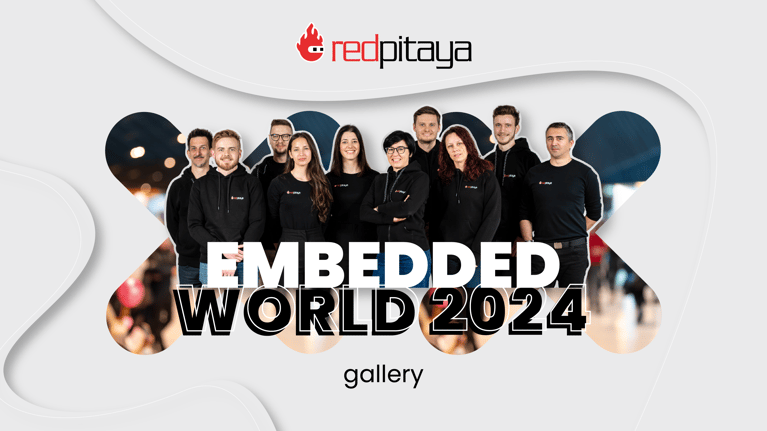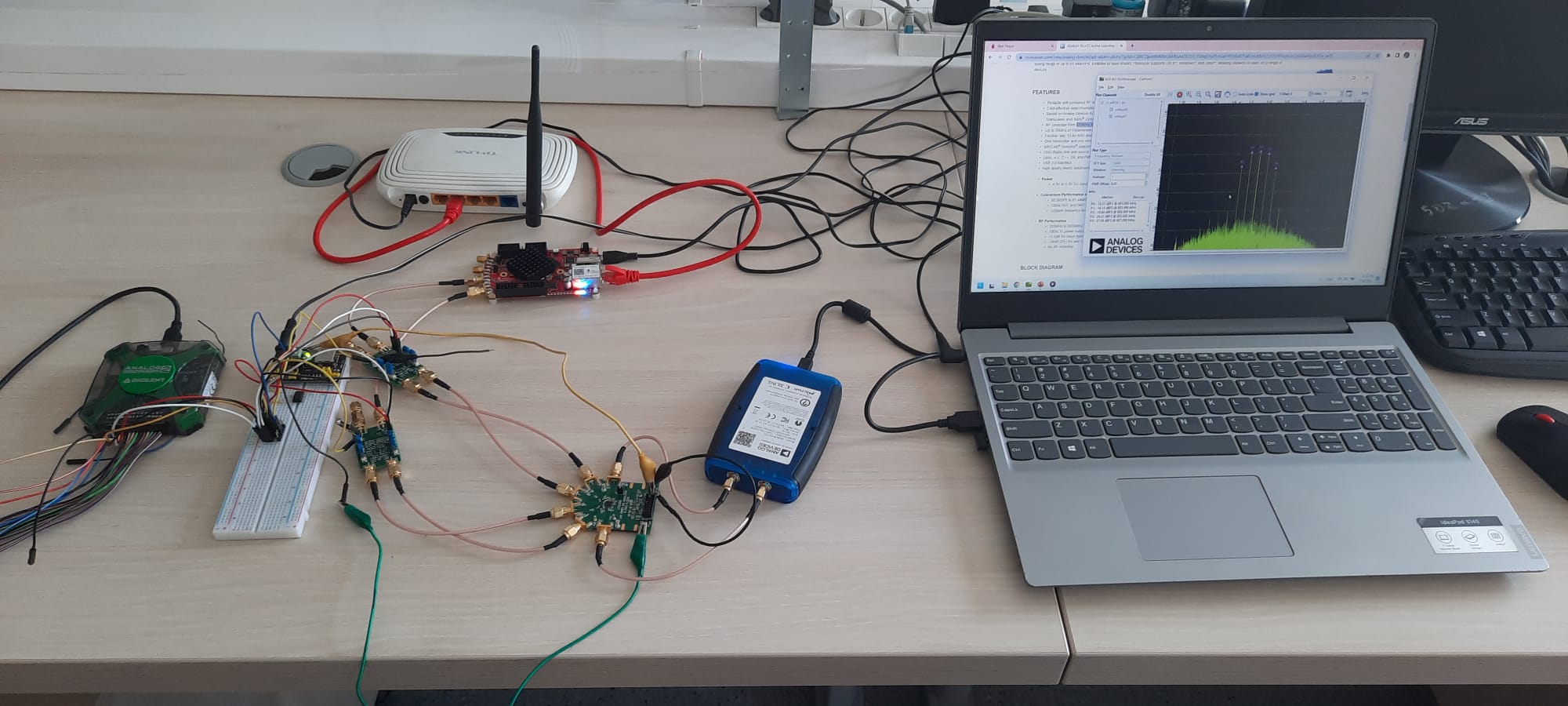Empowering Innovation: A Journey into Red Pitaya at KU Leuven's Laboratory for Networked Systems
- Posted by
 Red Pitaya Team
Red Pitaya Team
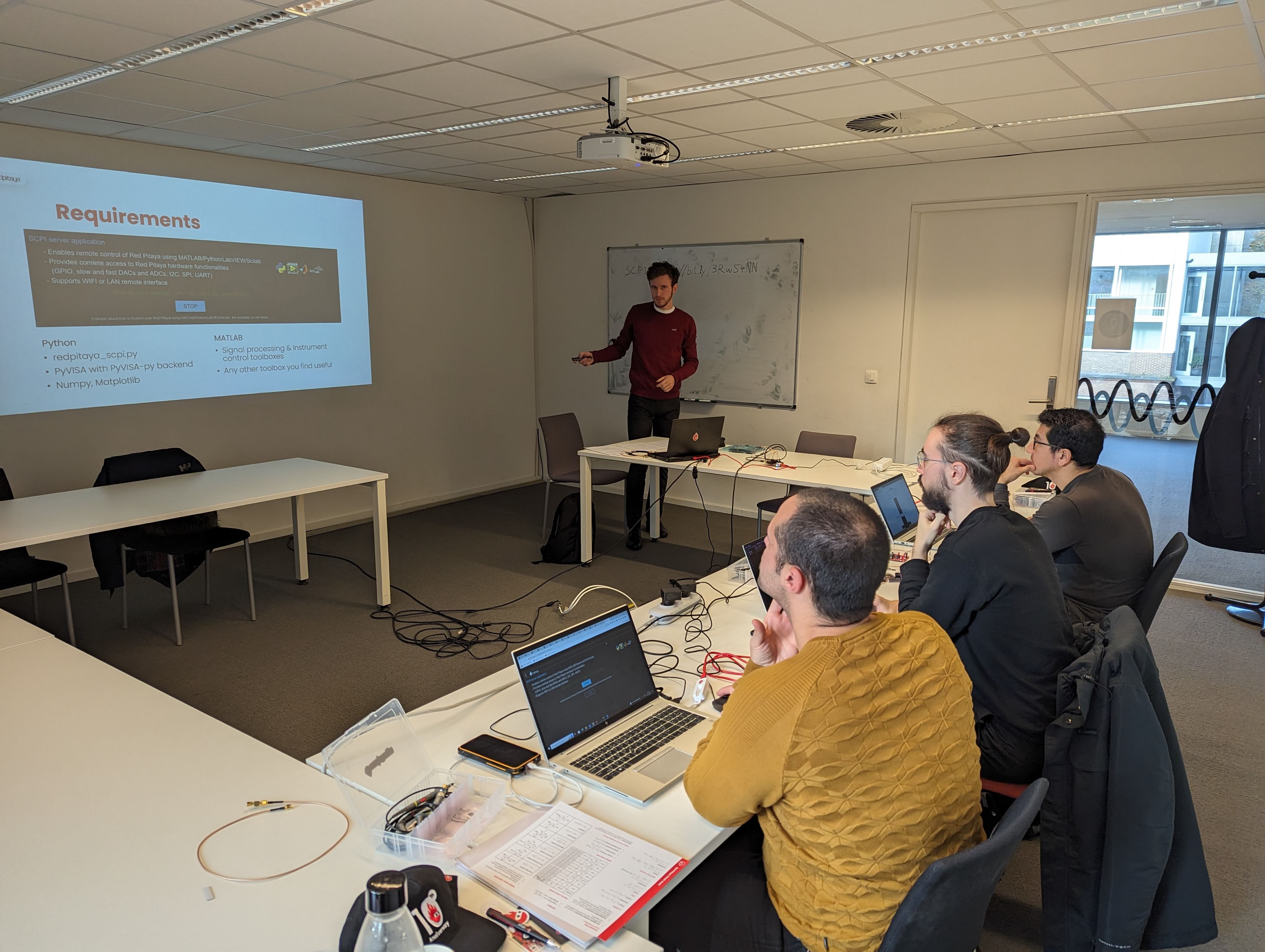
On December 7th and 8th, our team visited the Laboratory for Networked Systems at KU Leuven in Belgium. We spent these two days exploring the potential of Red Pitaya boards, and as a result the lab’s tech enthusiasts recognized their great potential as open-source software-defined instruments.
The workshops at KU Leuven provided a deep dive into the functionalities of Red Pitaya devices, demonstrating their versatility as both software-defined instruments and an FPGA development platform. In the initial workshop, the participants learned the intricacies of connecting to a Red Pitaya and utilizing it as a software-defined instrument. The session culminated in a practical application, where the participants generated and acquired analog signals using a Red Pitaya's fast analog inputs and outputs through a combination of SCPI commands and Python code.
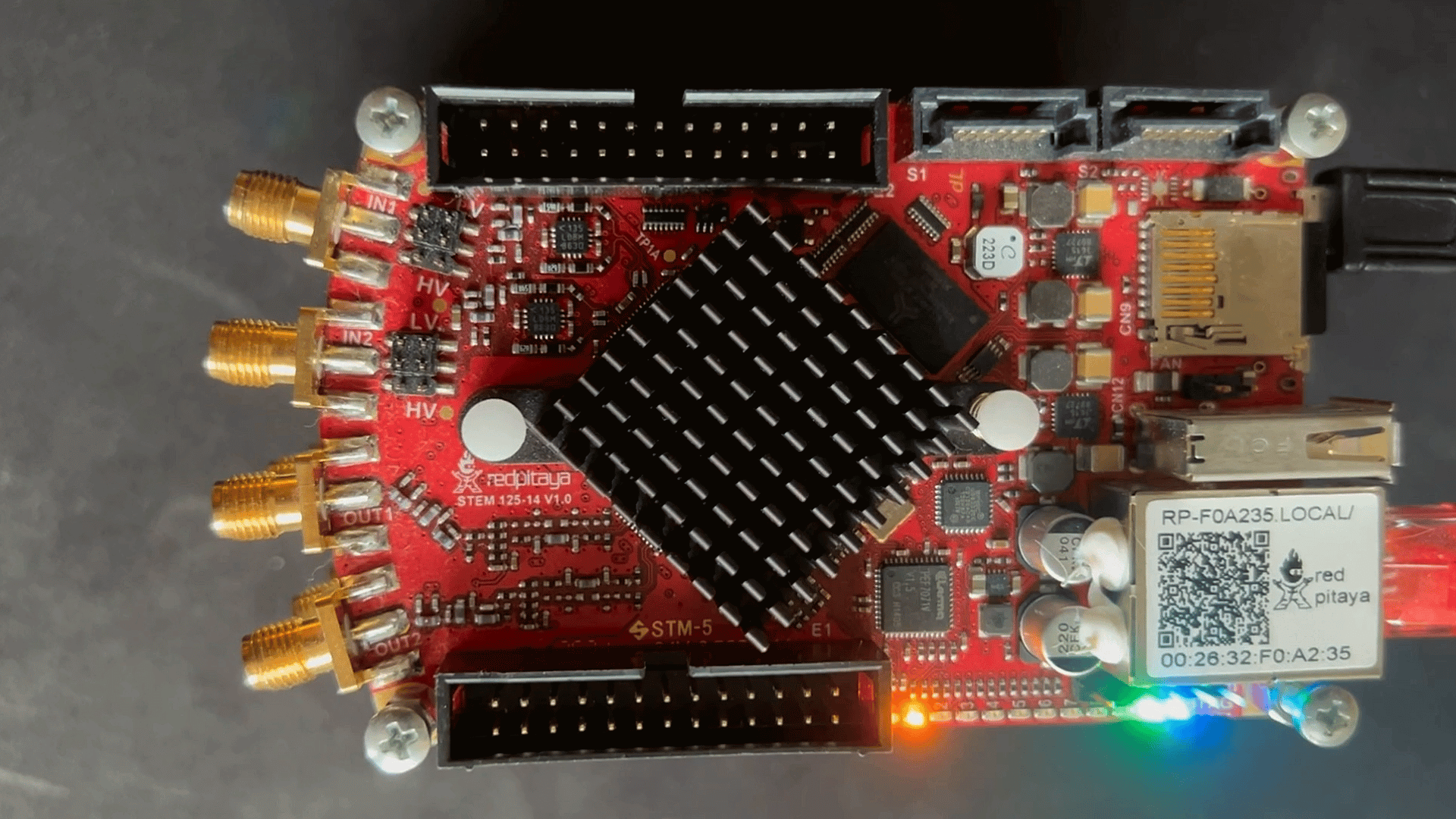
The second workshop focused on the FPGA capabilities of Red Pitaya boards. The goal was ambitious yet achievable – to program a simple LED binary counter inside the Red Pitaya's FPGA. This exercise not only provided hands-on experience with FPGA development but also served as a foundational step for more complex projects in the future. The engagement was heightened by a touch of nostalgia, with the mention of incorporating a GIF featuring the iconic Knight Rider sequence on the Red Pitaya, adding an element of excitement to the learning process.
The members of the laboratory were all eager and intrigued. They saw the potential of the Red Pitaya board as a versatile, open-source tool, which led them to envision various projects where it could be used as a central component.
After visiting KU Leuven, our journey continued to Ghent University, where Professor Torfs and his colleagues graciously shared their lab and engaged in a presentation on Red Pitaya.
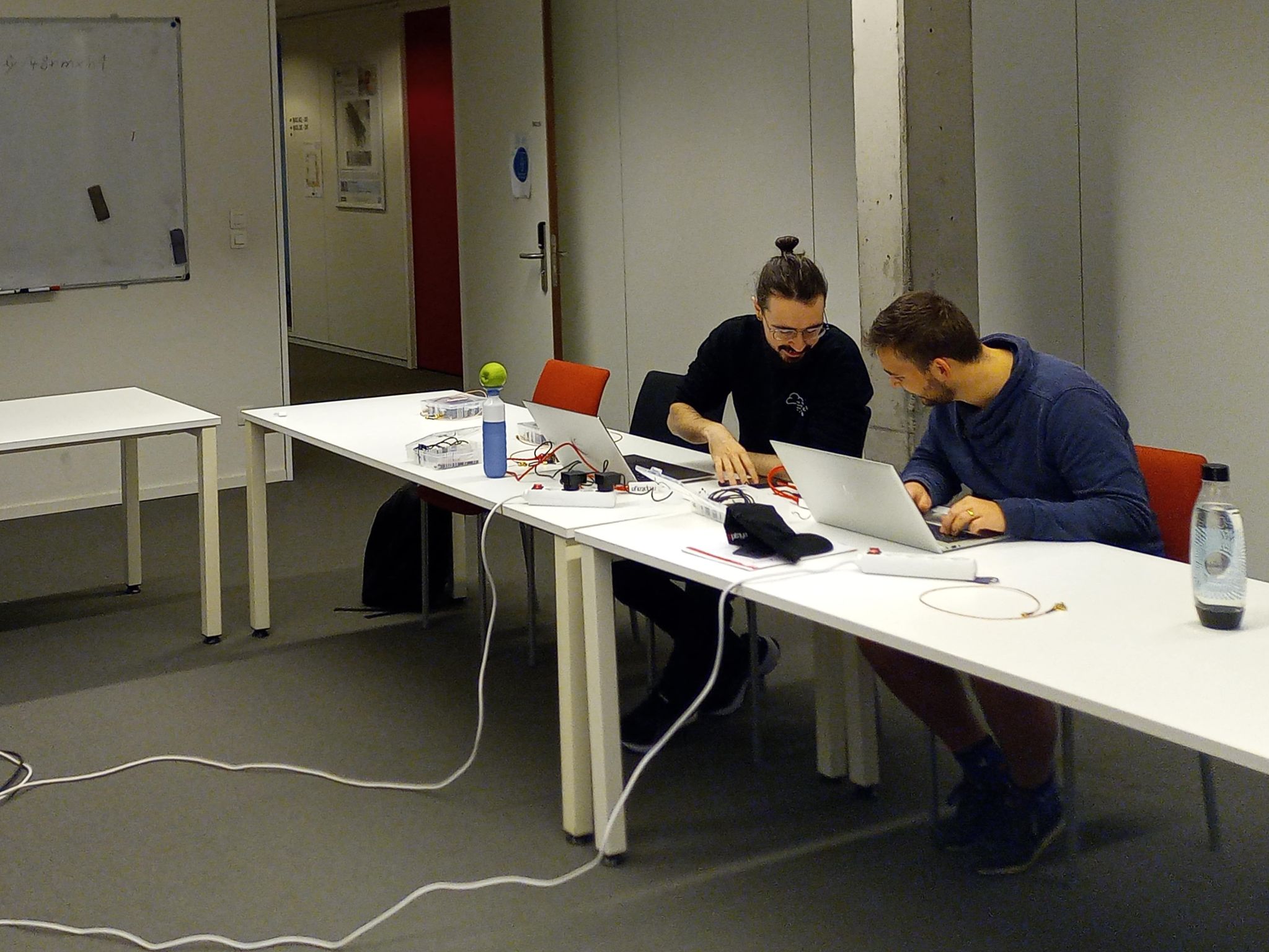
Our visit to KU Leuven's Laboratory for Networked Systems and Ghent University showed us how transformative a Red Pitaya board can be. From utilizing it as a software-defined instrument to exploring its FPGA development capabilities, the workshops sparked creativity and innovation among the students who attended.
As the various Red Pitaya boards continue to capture the imaginations of researchers and technologists, they serve as a symbol of adaptability and limitless potential. We are looking forward to more collaborations with universities like the ones we have just experienced at KU Leuven and Ghent University.




